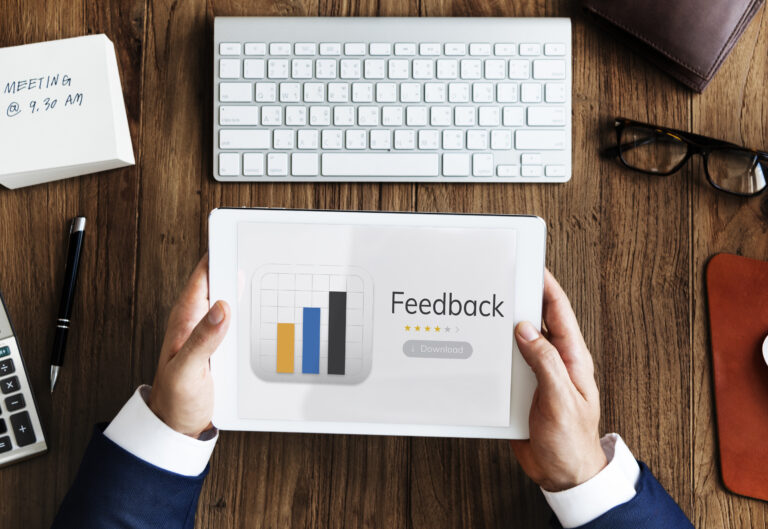Want smarter marketing? Join our FREE community — built for founders, marketers & creators.
Social Media Calendars: Planning for Consistency and Impact on Platforms Like Meta and Instagram
In today's rapidly evolving digital landscape, staying ahead of the curve requires careful planning, especially on dynamic platforms like Meta (formerly Facebook) and Instagram. A well-thought-out social media calendar is not merely a scheduling tool—it's a strategic blueprint that ensures your brand maintains consistency and makes a lasting impact. Here's how to effectively harness social media calendars for maximum benefit.

In today’s rapidly evolving digital landscape, staying ahead of the curve requires careful planning, especially on dynamic platforms like Meta (formerly Facebook) and Instagram. A well-thought-out social media calendar is not merely a scheduling tool—it’s a strategic blueprint that ensures your brand maintains consistency and makes a lasting impact. Here’s how to effectively harness social media calendars for maximum benefit.
Understanding the Importance of a Social Media Calendar:
- Consistency: Regular posting establishes brand reliability, ensuring you stay at the forefront of your audience’s mind.
- Strategic Planning: It allows brands to align their posts with business goals, promotional campaigns, or global events.
- Efficiency: Planning in advance saves time and reduces last-minute content creation stress.
- Collaboration: Teams can work together seamlessly, understanding their tasks and deadlines.
- Analysis: With a structured calendar, it’s easier to review performance metrics and adjust strategies accordingly.
Crafting an Effective Social Media Calendar:
- Define Your Goals: Whether it’s brand awareness, engagement, or conversions, establish clear objectives for your social media activities.
- Conduct a Content Audit: Review past posts to identify what worked and what didn’t. Use these insights to inform your future strategy.
- Content Buckets: Categorize your content into various types—educational, promotional, user-generated, etc. This ensures diversity in your posts.
- Plan for Key Dates: Identify important dates for your brand—product launches, holidays, global events—and craft posts around them.
- Frequency of Posting: Depending on your resources and platform algorithms, decide how often you’ll post. While Instagram might thrive on daily posts or stories, Meta could benefit from multiple posts spread across the week.
- Time Your Posts: Research the best times to post on each platform, considering when your target audience is most active.
- Allocate Resources: Define roles—content creators, graphic designers, social media managers—and ensure they’re aware of their responsibilities.
- Use Tools: Utilize platforms like Hootsuite, Buffer, or native scheduling tools on Meta and Instagram to automate your posting.
Optimizing for Meta and Instagram:
- Stay Updated with Algorithm Changes: Both platforms frequently update their algorithms. Tailor your strategy to ensure maximum reach and engagement.
- Engage with Your Audience: Allocate time to respond to comments, engage with user-generated content, or host live sessions.
- Diversify Content Types: From carousel posts and reels on Instagram to polls and stories on Meta, leverage the diverse content formats available.
- Analyze and Adapt: Use platform-specific analytics tools to review your performance. Adapt your strategy based on the insights.
In Conclusion:
In the dynamic world of social media, where user preferences and platform algorithms continually evolve, a social media calendar is not just beneficial—it’s essential. By planning and strategizing your content in advance, you ensure that your brand narrative remains coherent, consistent, and compelling, resonating effectively with your audience on platforms like Meta and Instagram.



